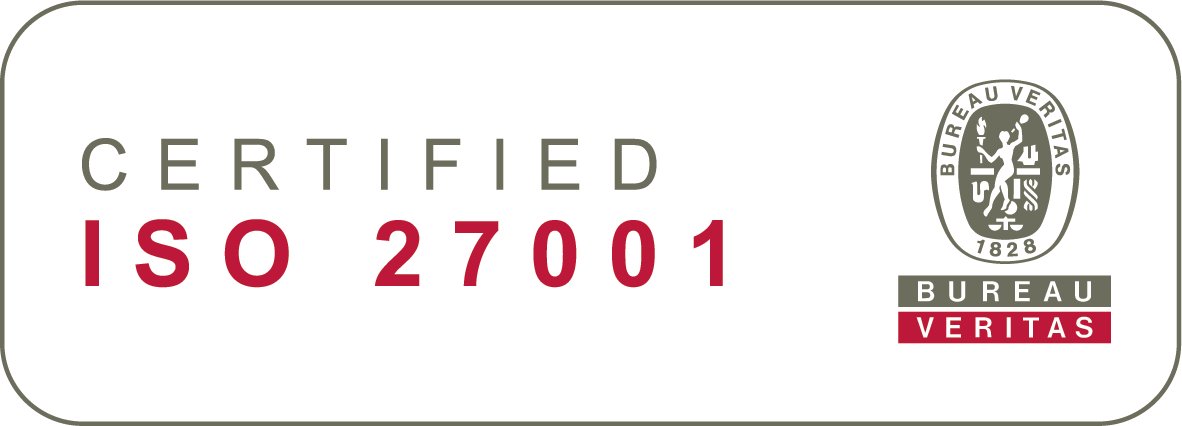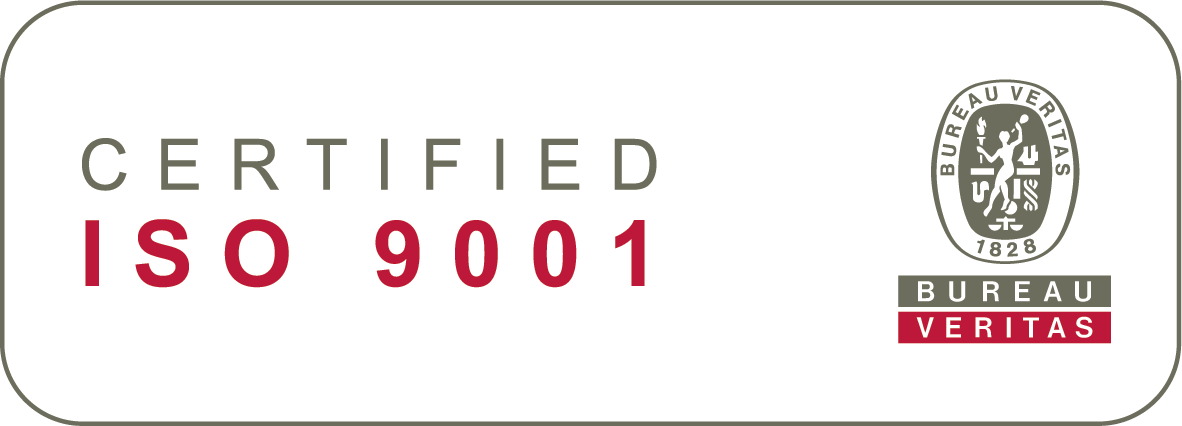Introduction
In a world that is constantly changing, organisations need to stay flexible. Flexibility helps us adapt, grow, and innovate. When trusted as business leaders, it’s common for HR and People departments to drive complex strategic initiatives to support the growth of the business, such as improving employee performance, happiness, and engagement.
While these goals and aims are important, the value being delivered is often left undefined or linked directly to “big bang” releases like a new employee benefits package. But what explicit value does a more personalised employee experience bring to a multigenerational and diverse workforce? And how do you prove the business value of preparing future leaders for roles that don’t even exist yet with new development pathways?
Demonstrating, implementing, and communicating the added value of these initiatives is a challenge for HR departments. This is where Agile HR comes in – it basically helps break down these complex strategies into manageable slices, focusing on flexibility, adaptability, short feedback loops, independence and transparency.
We’ve designed this guide so that you can easily learn more about the benefits of Agile HR before cherry-picking the best tips to help you implement agile performance management.
What is Agile HR?
You may have heard of Agile when it first emerged from the IT industry in the early 90s as a way to overcome the traditional, slow, and regimented methods of project management. Despite its roots in the software development world, the mindset and principles of agile are transferable to the world of human resources.
Agile HR, also known as PeopleOps, differentiates itself from traditional HR by being forward-looking, cross-functional, results-driven, collaborative, and technology-enabled. It embraces new approaches for a hybrid workforce and reimagines recruiting, how teams work, performance management, compensation, training and development, and especially employee retention strategies.
A team that uses agile methods delivers work in small, consumable increments, supported by a trusting and collaborative culture rather than going for a big-bang release. In addition, requirements, plans, and results are evaluated continuously, so teams have a natural mechanism for responding to change quickly.
How does the agile approach benefit HR?
The agile methodology’s flexible and dynamic approach can benefit today’s HR teams in many ways:
Better focus, collaboration, and creative solutions
Agile’s fast-paced approach supports better focus because small teams are assigned individual projects to work on from start to finish. This enables them to stay flexible and create innovative solutions.
Within these teams, each member is of equal importance. As such, executives and managers are more involved in a hands-on model by working as active coaches and men- tors instead of distant supervisors and overseers. Team members’ insights are likewise equally valued under the assumption that each person can contribute something helpful to the project. Agile HR helps to improve employee retention, as employees are more likely to stay with an organisation that values and supports them.
This allows for a more collaborative environment that, in turn, makes room for creative solutions, as teams are not bogged down by rank and traditional processes.
Promote a more open atmosphere
Alongside the demand for agility and flexibility is the need for team members to regularly be more open and honest with each other regarding feedback. Traditional models would typically encourage employees to wait for ‘the right venues’ to air out their concerns, such as annual appraisals or annual performance reviews.
Agile, however, encourages team members and leaders to be more open to giving and receiving feedback for the betterment of the project, leading to a healthier work environment (and fewer obstacles in the long run).
It allows teams to address issues and concerns quicker to better address the needs of the project and improve the overall way of working. This includes things like workload, timelines, deliverables, and processes, among others.
Identify skill gaps in your company
Agile asks for systems of engagement instead of systems of record. Basically, systems of engagement help HR see gaps in training and management so that they can address them quickly and effectively. HR Managers can react by sourcing new talent elsewhere or stimulating continuous learning – offering workshops and courses – throughout the organisation.
This is an important change in HR tactics. HR Managers should encourage collaboration inside their organisation and promote sharing of information. Since Agile favours more people-focused solutions, your HR tech solutions should likewise focus on human elements, such as collaboration and info-sharing.
- Systems of Record: more process-oriented and helpful in business areas like finance and manufacturing due to the amount of data gathered through them. It could also be beneficial in HR, but it lacks the people component connected with people analytics.
- Systems of Engagement: people-oriented, designed to foster partnerships, interaction, and productivity by providing stakeholders with the right tools for business (typically harnesses tech solutions like cloud and big data, as well as social and mobile solutions).
Continuous feedback improves processes and productivity
Because iteration cycles are so short in Agile, feedback is regular and consistent – this enables HR to develop solutions that are far more relevant and effective and increase overall productivity. In Agile, feedback is centred around how people work, their future development, and how to support it. Employees will still receive feedback on their performance too, but it’s not the single most important factor.
Regular check-ins between managers and their individual team members are the cornerstone of a solid agile performance management process. What ‘regular’ means exactly varies per organisation, but it usually means at least weekly or fortnightly. The idea being that it’s better to fail fast than spend months of time and resources on something doomed to fail anyway. A test, learn, optimise, and repeat cycle reduces your business risk.
The format in which the check-ins take place can vary. But they typically include four steps:
- Listening to people in the organisation
- Understanding the feedback
- Taking action on the results
- Performing better and getting results together
Common formats include one-on-one meetings, project update meetings, employee surveys and daily huddles. Just remember, the feedback that surfaces in 1:1 meetings is usually deeper than in employee surveys.
Aside from keeping their finger on the pulse, identifying issues early, and improving the next iteration, a 1:1 approach also helps to build trust within the team. Building trust is import- ant for developing psychological safety in your workplace.
To sum up, when employees receive constant feedback, they will grow and thrive; and your company will develop a flourishing talent pool. Don’t forget to use your HR system to ensure that your talent mapping is up-to-date with their new skills!
What to consider when implementing agile HR
So, we’ve explored why Agile HR can be a powerful practice for companies that want to be flexible, adaptable, and innovative. But what do HR teams need to consider before becoming fully Agile?
As with all major cultural changes – and adopting agile is a cultural change – the difficulties have often come in implemen- tation. For Agile to be successful, two elements must be pres- ent: mindset and method. Basically, it is a question of thinking in terms of new values that generate more value for the customer and a climate of greater cooperation in your organisation. However, it is also about working more efficiently using the right tools and methods that support agile values. Below are a few ex- amples of how mindsets need to shift under an Agile framework.

Here are some key actions to consider before, during, and after implementing the framework.
Set powerful goals, or know your targets
Reaching your goals effectively and efficiently is only possible when you have a clear-cut idea of where you want to go. It’s hard to prioritise initiatives and make informed decisions about which projects to undertake and how to allocate resources if you don’t know which direction you’re going in or why.
Setting goals and targets ensure that the HR and business initiatives you’re working on are aligned with the overall strategy of the organisation and are focused on delivering value to employees and end customers. Also, having a shared understanding of goals and targets helps to improve overall communication and collaboration. Therefore, before you start the process, define your Key Performance Indicators (KPIs) when implementing agile performance support.
Prepare and focus on personnel development
Decide which aspects of agile performance management can help you reach your goals. Instead of choosing every single one, it might be wise to discuss the most suitable options with your stakeholders.
Once you have made a list, decide which team leaders and employees can implement these aspects. Make your choice based on accurate data (the right HR system can provide you with all the information you need).
Focus on personnel development:
- How can you best support managers and employees to perform optimally?
- Which type of coaching and just-in-time learning will provide the best development opportunities and keep them motivated in the future?
- What are their career aspirations, and how can you align their growth with that of the organisation?
Ensure efficient employee records management
Now it is time to consult your HR system again and browse through your employee records and HR metrics. Try making a list of the various stakeholders across teams and levels in your organisation.
Ask yourself how to motivate all parties and find the proper role for them in the implementation process. For a successful imple- mentation, all key players – managers and employees alike – must share a similar vision and work towards the same goals.
Conclusion
In order to address its evolving role, HR should look at how to focus on agile value creation for the organisation rather than the perceived certainty of “traditional” processes. Agile HR is a powerful approach to help organisations be more strategic in their business growth. Hopefully now you have what you need to get started with agile HR and performance management. If you’d like to learn more about implementing the above at your organisation, don’t be shy and get in touch.









